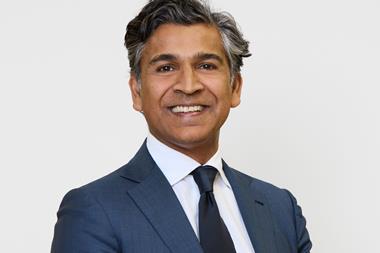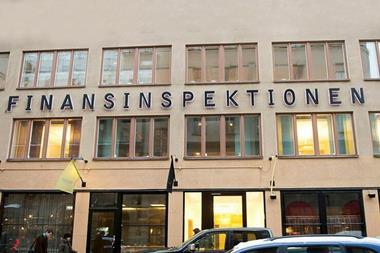SWITZERLAND - The majority of Swiss pension funds are not adequately geared to face today’s market conditions, reveals a survey by RCP & Partners, European fiduciary rating agency in Geneva. As a consequence, beneficiaries in defined contribution plans are facing increasing fiduciary risk.
In its survey of 86 retirement schemes across the French and German speaking parts of Switzerland, just over 50% of funds interviewed are making use of methods likely to improve the efficiency of asset management capacity. One pension fund in two does not employ an investment committee, and many of the schemes give little training to senior executives administering the funds.
Of those pension funds using the services of external portfolio managers, only half use either a standardised method or the services of professionals for their selection and monitoring.
“If managers retained by pension funds do not fulfil their fiduciary duties by offering sustainable and consistent performance, the minimum prescribed return target of pension funds cannot be met, thus putting future retirees at high risk”, says Jean-Francois van Hollebeke, head of institutional research and fiduciary analyst at RCP.
“The better equipped pension funds are, the more able they will be in selecting and monitoring the right managers,” he adds.
In the area of controlling, only 15% of those surveyed use the services of risk management consultants, and only 41% employ global custodians. Nearly 20% of provident funds do not control their management cost or very irregularly. Those that do, conduct cost control only once a year, even though performance reporting by managers is done on a quarterly basis.
Finally says the survey, the level of information given to employees is limited, in most cases, to general and aggregate figures. Less than half of the pension funds disclose management costs, investment policy or reveal the identity of managers and consultants.
Yet says RCP: “fiduciary risk and its impact on all beneficiaries require a reliable information flow on the assets of the institutions.”
.














No comments yet